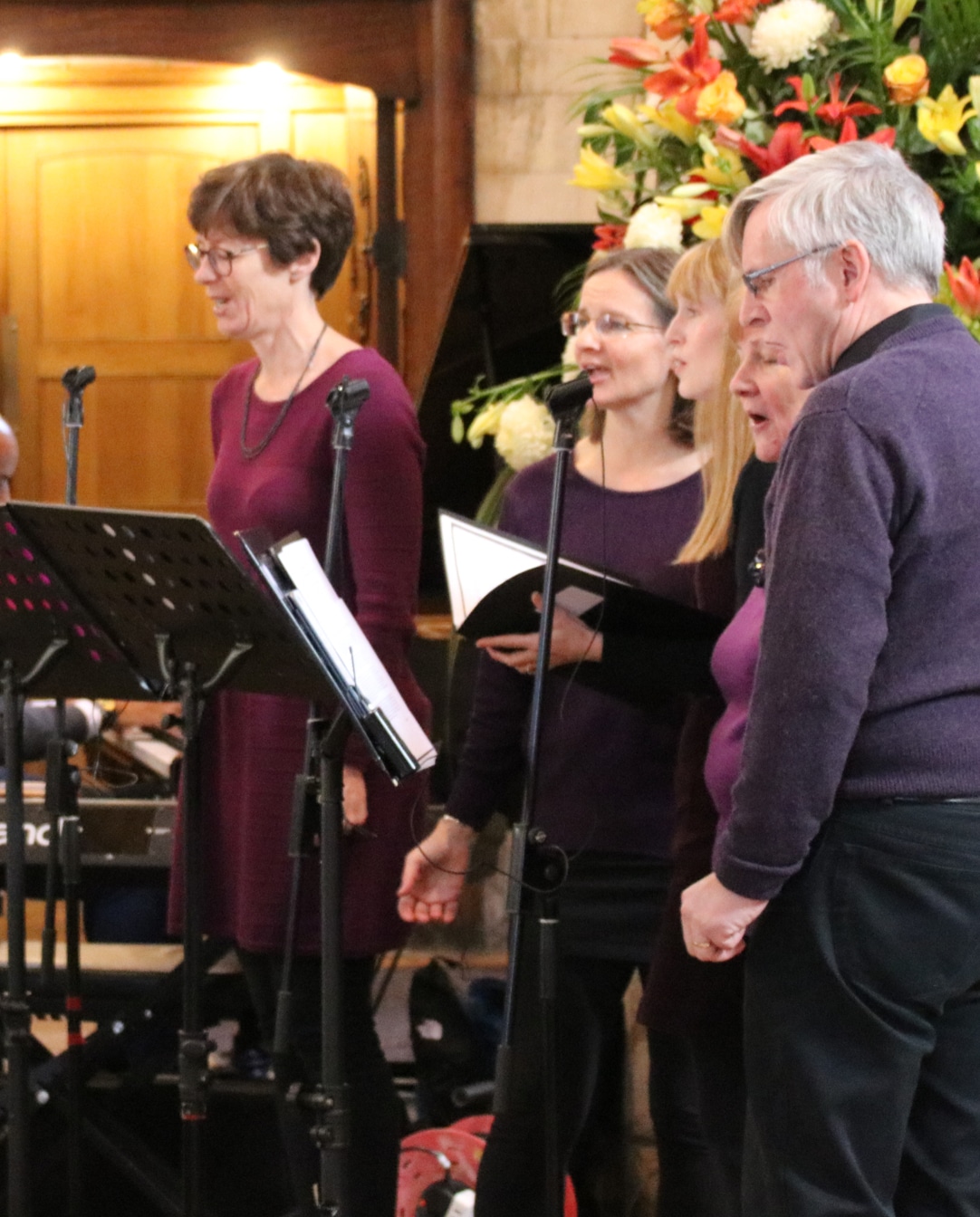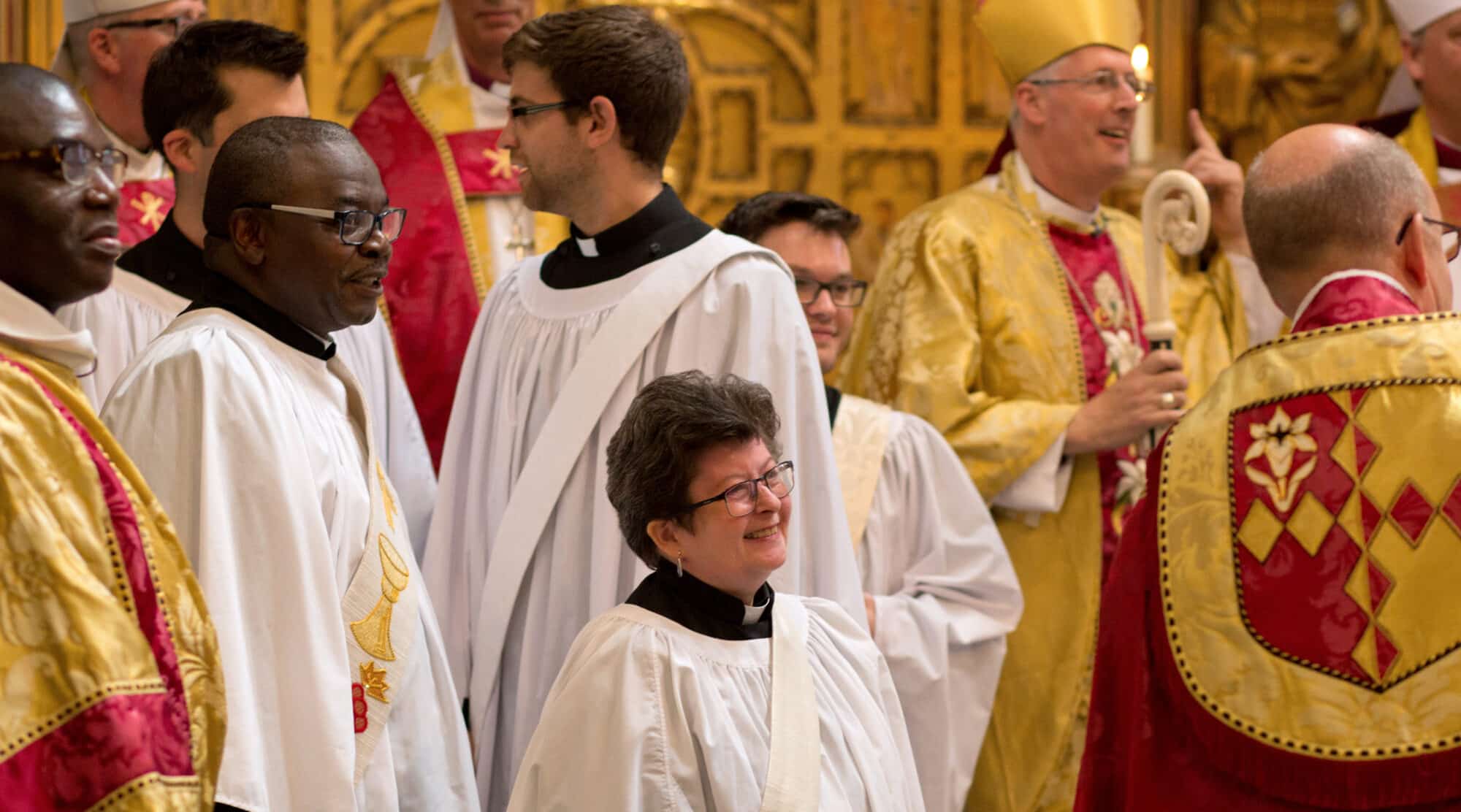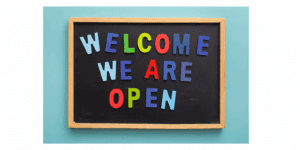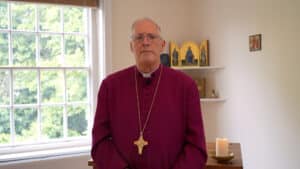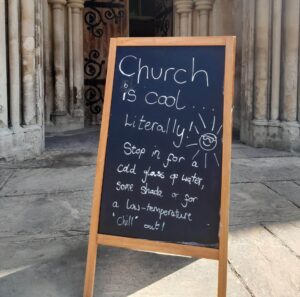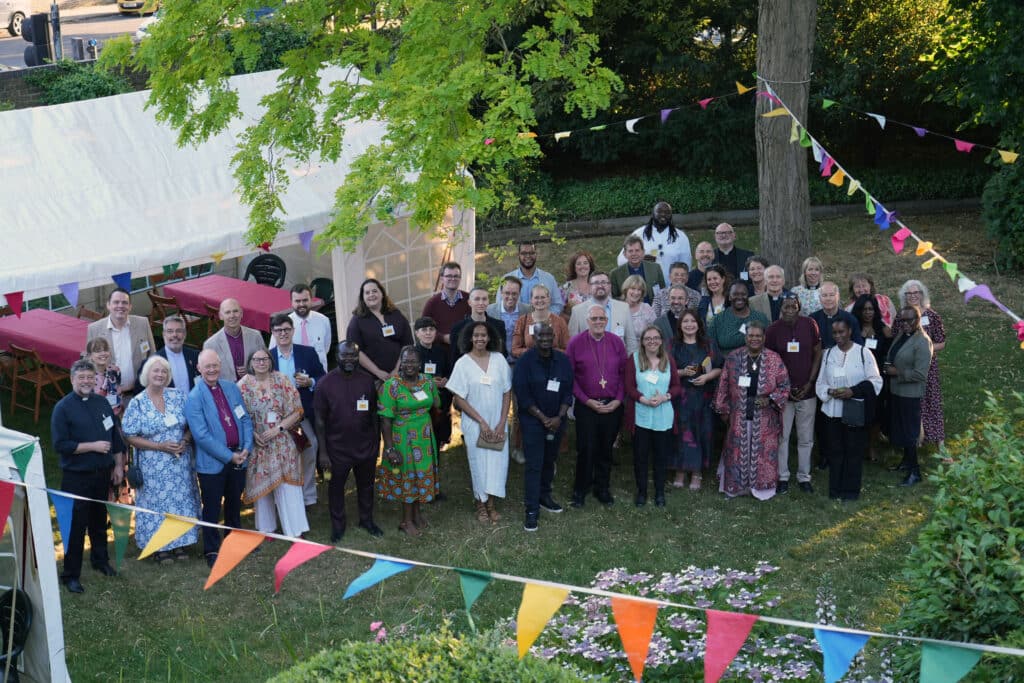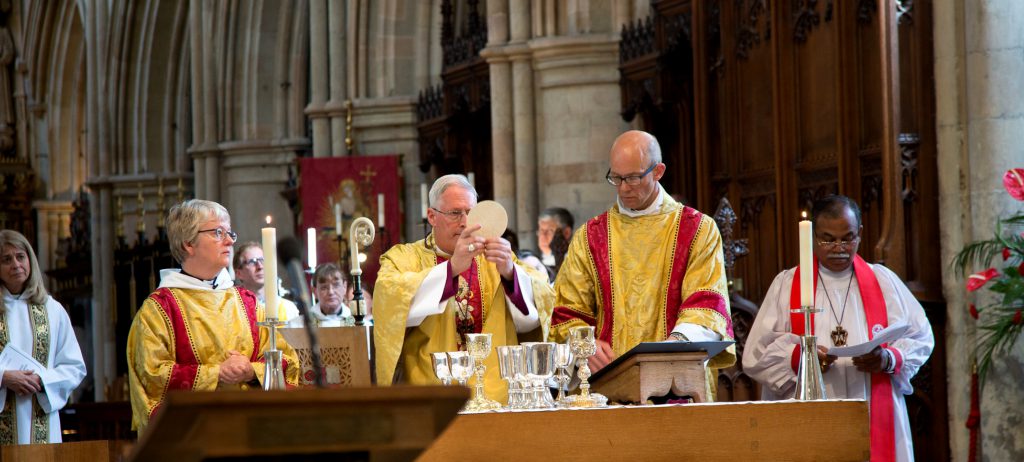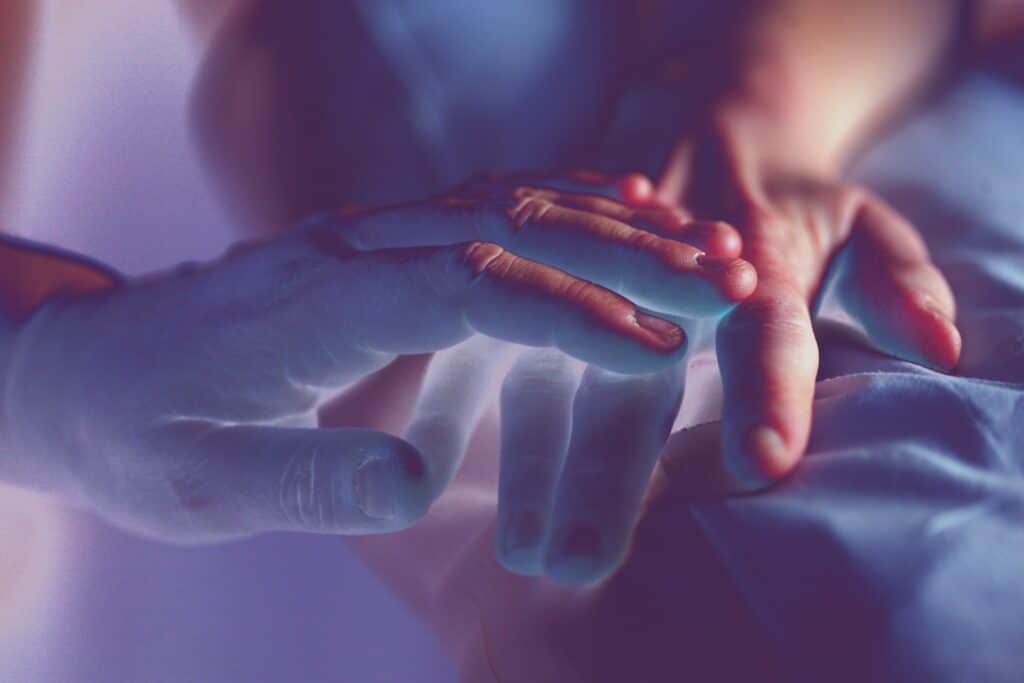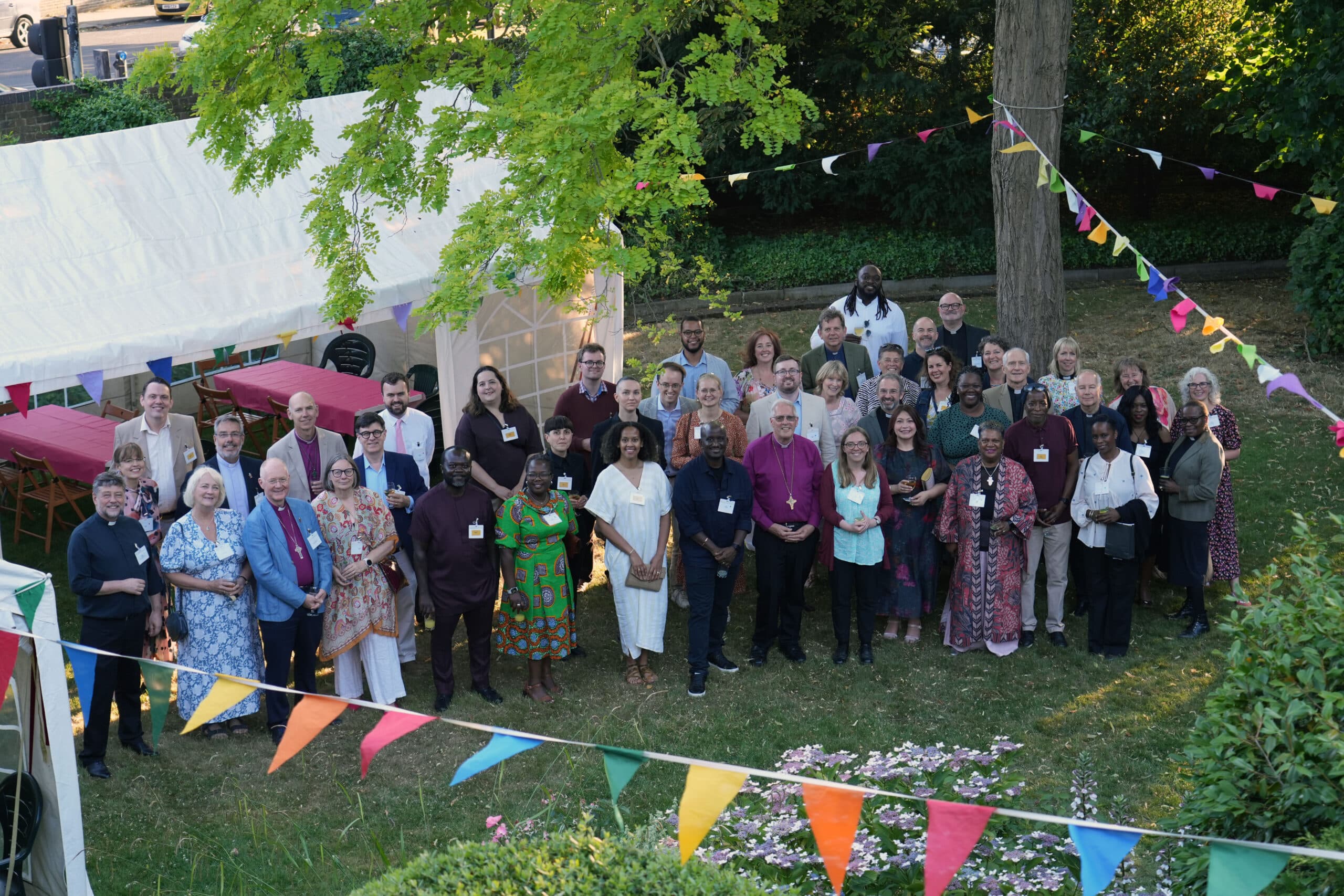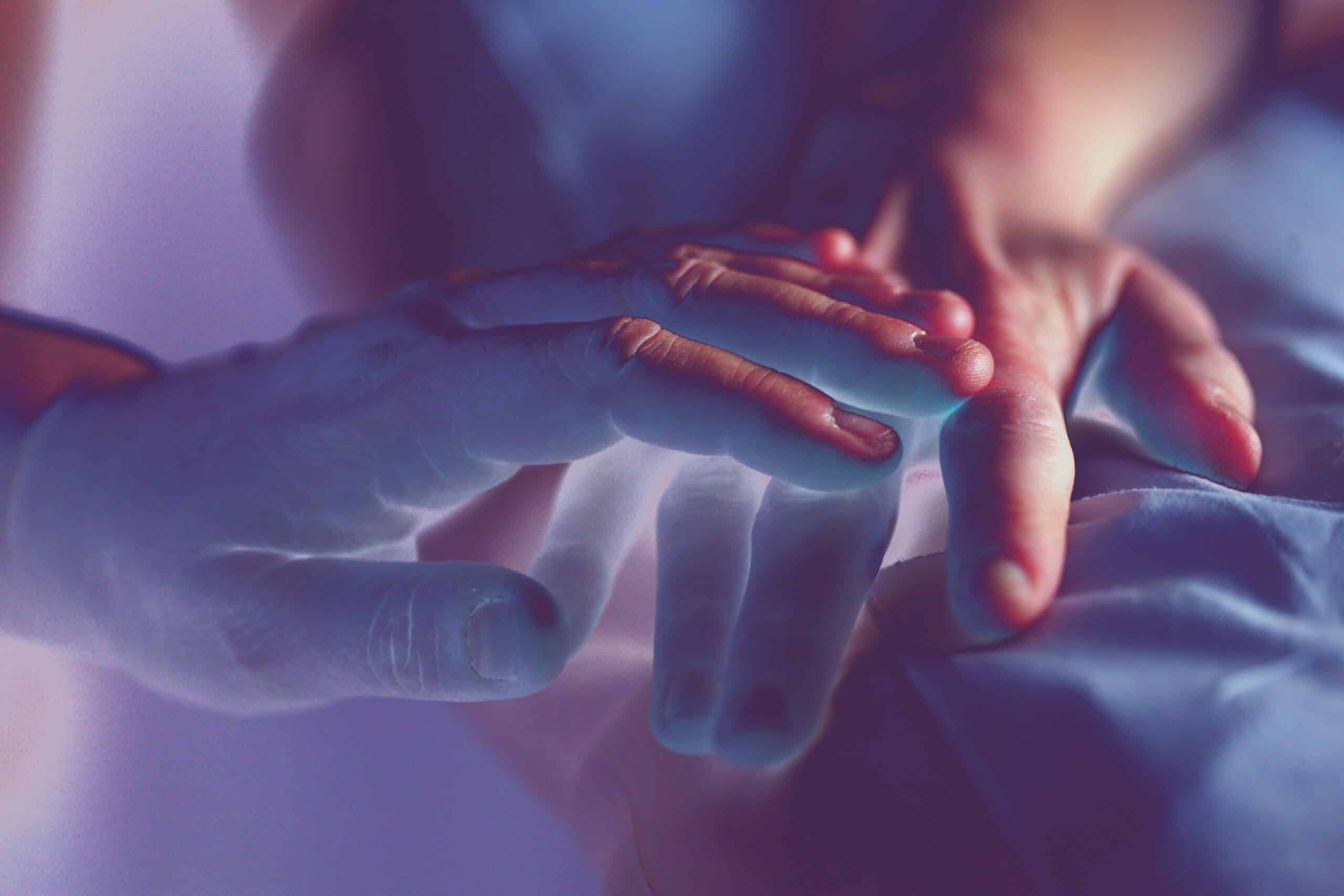When I was a little boy, I loved hearing stories about London. The Nunn side of the family had only moved to Leicester because both where they lived in Romford and where my grandfather’s business was on the Strand were so heavily bombed they felt they had to leave. But Nanny and my aunties would tell me about ‘going up west’, walking in St James’ Park and seeing Buckingham Palace. To a child it sounded magical. For one Christmas present I was given a big book on London, lots of reading and sepia pictures – Piccadilly Circus, Trafalgar Square, the Bank of England. But I’m not sure it mentioned Southwark and certainly none of the family stories featured ‘South of the River’.
That’s not quite true. There were in our family photo album, pictures of my mum and dad at the Festival of Britain. Mum is stood there with Skylon behind her and the Dome of Discovery and of course the Festival Hall. So, they had been to the South Bank to catch a glimpse of what the future might hold, a brave and confident future, rising like a phoenix from the ashes of the war, in London, south of the Thames.
Being invited to come to the Diocese, to be Chaplain to the Diocesan Bishop, Bishop Roy Williamson, was a real thrill. I packed up everything from the vicarage I was in in Leeds and headed down the M1 to begin a new type of ministry for me, in a very different place. I had heard and read about the Diocese of Southwark, of course. It always seemed to be the place from where the awkward questions were being asked, where radical and experimental things were being done. On arriving I wasn’t disappointed.
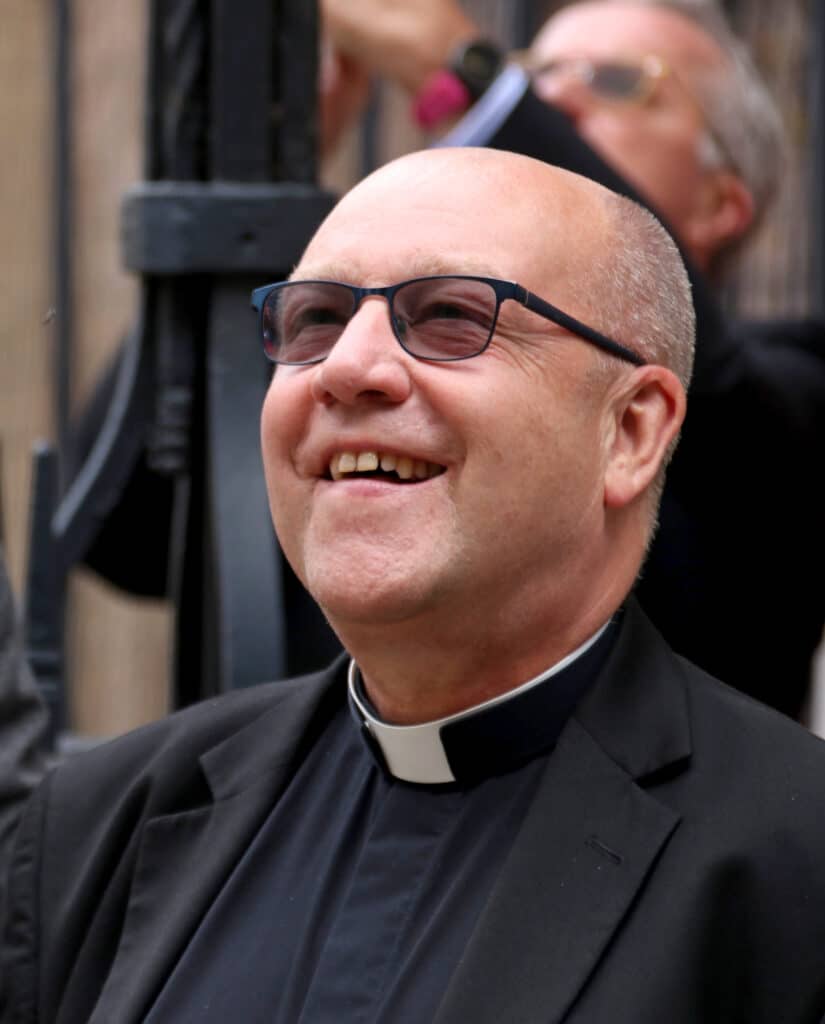
I love the scene in the film version of the ‘Wizard of Oz’, when Dorothy, played by Judy Garland, steps from her house which had just landed in Oz. She leaves a black and white world for one that is in dazzling technicolour. Those early audiences must have gasped in amazement as they saw the yellow brick road, the multi-coloured horses and the munchkins in rainbow hues. For me, entering Southwark was that kind of experience. It felt like a different world and a different church.
Twenty-eight years later and having done a number of different things, it still feels like that. Ok, so some of the things that were at top of the ‘Southwark Agenda’ in the past are now part of mainstream life in much, though not all of the church. Women are there in all three orders of ordained ministry. Racial justice is not just being talked about but being lived and we have a Charter to keep us on the right path. LLF will deliver justice for LGBTQI+ people, eventually, and until it does Southwark will remain a safe pace for people like me. But, and this is really important, in the Diocese of Southwark theology is still being done, liturgy is still valued and our churches continue to grow.
People keep asking me two questions – ‘What won’t you mind leaving behind? ‘What are you going to miss?’ The first is easy, the relentless emails and that ultimate feeling of responsibility that a Dean has to carry. The buck stops with you, and that does take its toll. Bye bye.
But what will I miss? Everything, everything about Southwark, all that continues to make it so special, all that sets my heart on fire.
Bishop Christopher used as inspiration for so much that sets the overall agenda and strategy in the Diocese, the story of the road to Emmaus that Luke has in his Gospel. (Luke 24.13-35) When the two friends look back, reflect on the experience that they have just had they say to one another
‘Were not our hearts burning within us while he was talking to us on the road, while he was opening the scriptures to us?’
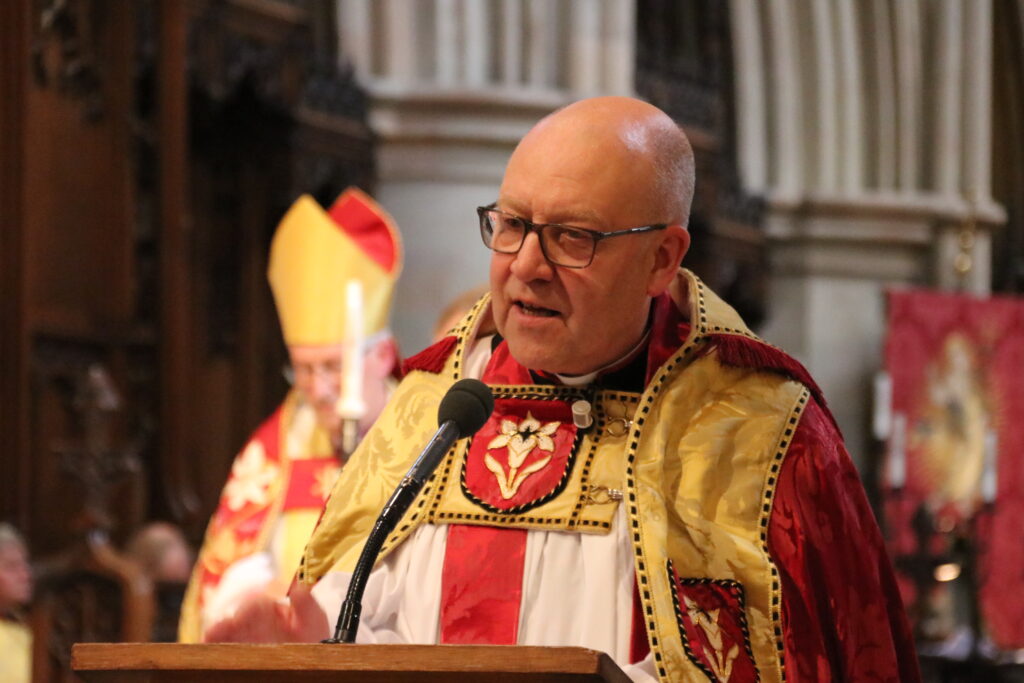
It was the encounter with the living God, with the Risen Jesus, and not least the encounter with him in the scriptures and in the broken bread at the table, that made their hearts burn with the flames of passion, the flames of the Sprit, the fire of love. They were transformed by being with Jesus.
That has been my story in Southwark; it has been transformational for me and, truly, I have encountered the Living God in this Diocese in a way that I simply hadn’t before. It has been life changing and faith enhancing and all the churches and all the people as much as the wonderful Cathedral have had a part to play in that.
What am I most proud of? Simply that we understand what inclusion truly means. Sometimes it feels easier to exclude than include, but we have never gone down that path but instead opened our arms, our doors, our hearts to those who don’t always find a welcome in church. It may be challenging to be inclusive, but we have never shied away from it. Perhaps you are reading this because you have been included, I am writing it because I have been. Thank you.
God of boundless generosity and ever open arms,
thank you for including us in your inclusive embrace,
and bless this Diocese of Southwark,
where hearts burn with the fire of your love.
Amen.
